Nepal’s GDP grows by 5.1pc in Q2 of fiscal year 2024/25
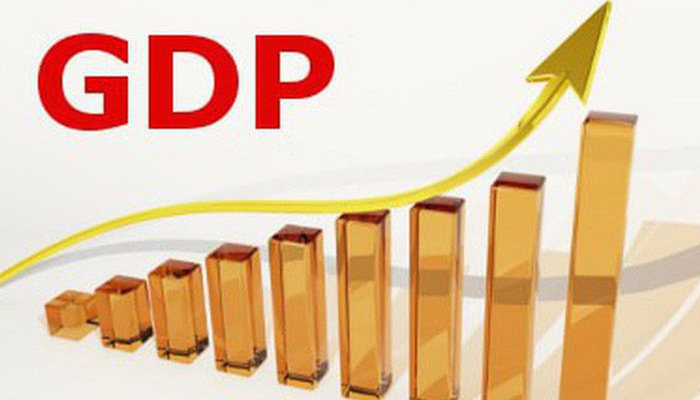
KATHMANDU: Nepal’s economy showed robust growth in the second quarter of the current fiscal year 2024/25, with the National Statistics Office (NSO) estimating a 5.1% increase in gross domestic product (GDP) at basic prices compared to the same period last year. The preliminary, seasonally unadjusted quarterly GDP report, released on Wednesday, highlights strong performances in transportation, construction, and agriculture as key drivers of this uptick.
Sectoral Gains Fuel Economic Momentum
The NSO report credits the positive growth to a surge in transportation and storage, which recorded an impressive 14.2% growth rate—the highest among all sectors. Mining and quarrying followed with a 9.5% increase, while the electricity and gas sector grew by 9.2%. The construction sector, buoyed by rising imports and domestic production of materials, posted a solid 9.1% value-added growth. Meanwhile, manufacturing rose by 7.4%, financial and insurance services by 6.6%, wholesale and retail trade by 6.1%, and the information and technology sector by 4.9%.
Agriculture, forestry, and fisheries—the backbone of Nepal’s economy—grew by a modest 3.2%, supported by higher paddy, vegetable, fruit, and livestock production. “All 18 industrial sectors showed positive value-added growth compared to last year’s second quarter, reflecting broad-based economic resilience,” the NSO noted.
Moderate Growth in Public Services
Other sectors, including public administration and defense (2.2%), health (3.1%), and real estate (3.1%), recorded moderate growth during the review period spanning Kartik, Mangsir, and Poush (mid-October to mid-January). The NSO attributed the overall economic expansion to improved electricity generation and distribution, alongside gains in financial intermediation.
Seasonally Adjusted Growth Lags
Despite the year-on-year gains, seasonally adjusted GDP growth slowed to 2.2% in Q2 compared to the first quarter of the current fiscal year (Shrawan, Bhadra, and Ashoj). Of the 18 economic sectors, 16 posted gains, with transportation and storage leading at 6.4%, followed by financial and insurance services at 3.9%, and agriculture at 2.6%. However, two sectors faltered: electricity and gas saw a sharp decline of 4.8%, while accommodation and food services dropped by 2.7%, signaling uneven progress across the economy.
A Mixed Outlook
The 5.1% GDP growth marks a positive shift for Nepal, which has faced economic headwinds in recent years due to global uncertainties and domestic challenges. Analysts see the transportation and construction boom as a sign of infrastructure investment paying off, while agriculture’s steady contribution underscores its role as an economic stabilizer. However, the dip in seasonally adjusted growth and negative trends in select sectors raise questions about sustaining this momentum.
“The broad sectoral growth is encouraging, but the slowdown in adjusted figures suggests we’re not out of the woods yet,” said economist Rajan Shrestha. “Addressing weaknesses in energy and hospitality will be key to maintaining this trajectory.”
Looking Ahead
As Nepal navigates the fiscal year, the government will likely lean on these figures to bolster investor confidence and push for further reforms. With the third quarter underway, all eyes are on whether the transportation and construction sectors can continue their upward climb—and whether lagging areas can rebound—to secure a stronger economic footing by year-end.



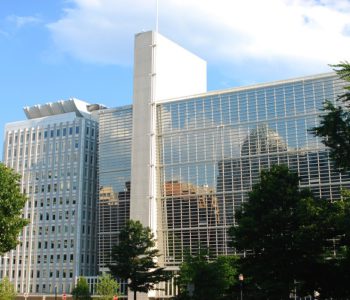





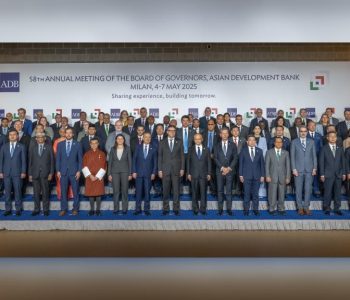
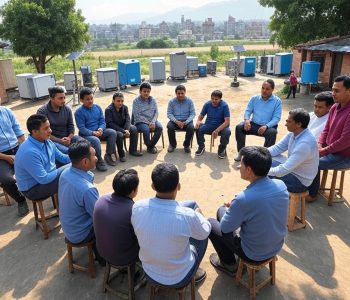
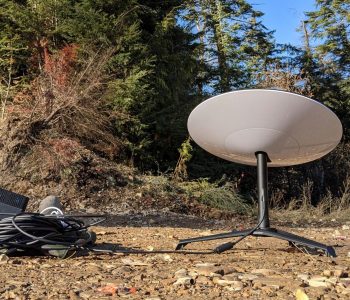
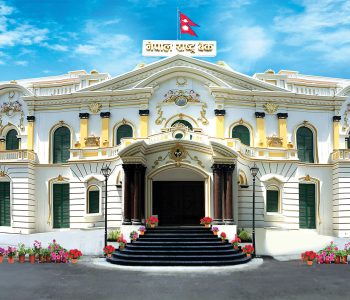
Facebook Comment